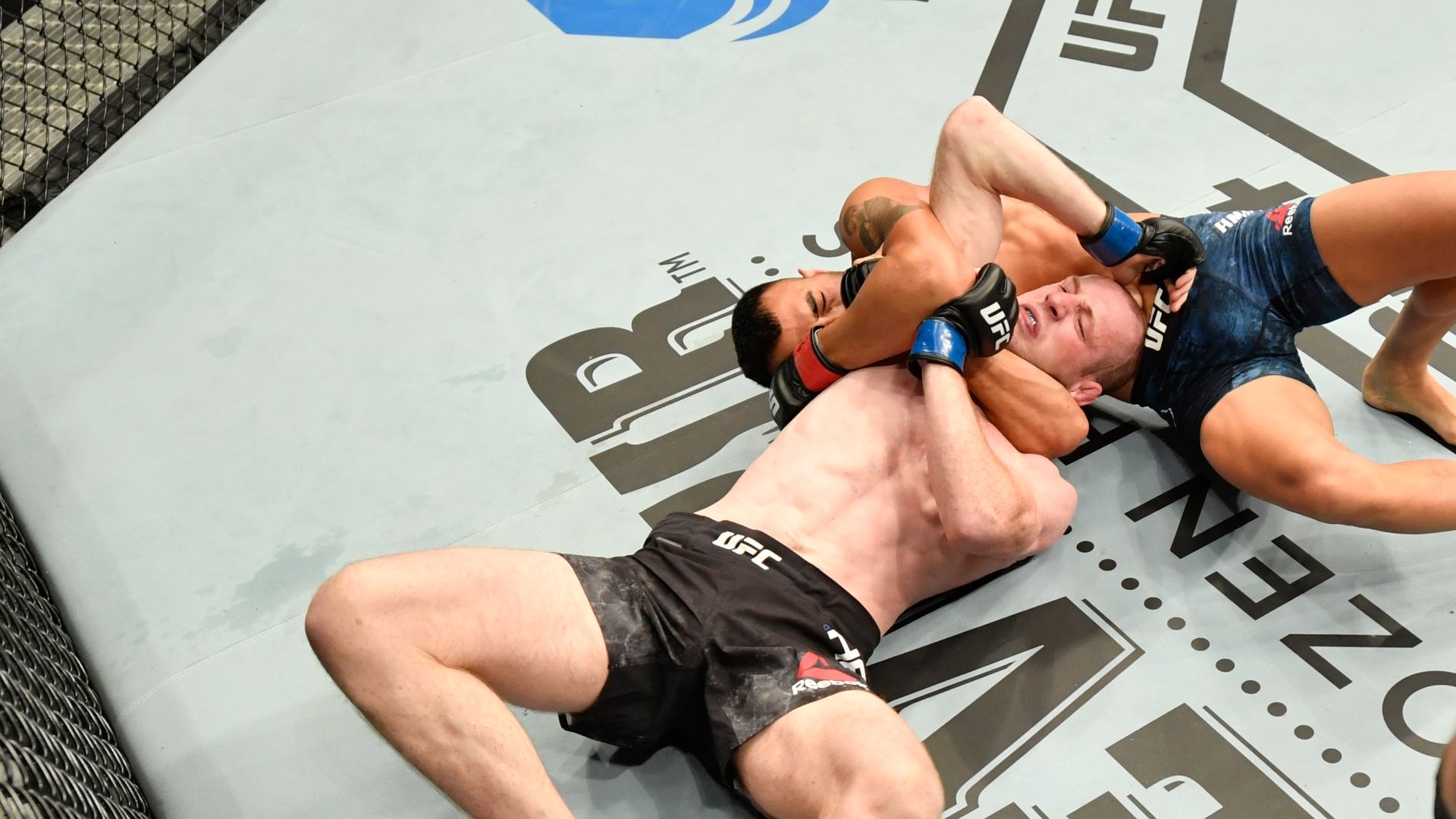
The wrestler reaches down to pull the opposing wrestler up slightly, sits on the opponent's back, and places both of the opponent's arms across their thighs, usually locking at least one by placing the arm in the crook of their knee. The wrestler begins the hold by standing over a face-down opponent. Tajiri applying a camel clutch to Rene Bonaparte Head, face, chin, and shoulder stretches Camel clutch Likewise, chokes are usually not applied to the point where they cut off the oxygen supply to the opponent's brain. In public performance, for safety's sake, stretches are usually not performed to the point where the opponent must submit or risk injury. Chokes, although not in general stress positions like the other stretches, are usually grouped with stretches as they serve the same tactical purposes. Many of these holds, when applied vigorously, stretch the opponent's muscles or twist their joints uncomfortably, hence the name.
#ANACONDA CHOKE FREE#
Stretches are usually employed to weaken an opponent or to force them to submit, either vocally or by tapping out: slapping the mat, floor, or opponent with a free hand three times.
#ANACONDA CHOKE PROFESSIONAL#


1.1 Head, face, chin, and shoulder stretches.


 0 kommentar(er)
0 kommentar(er)
